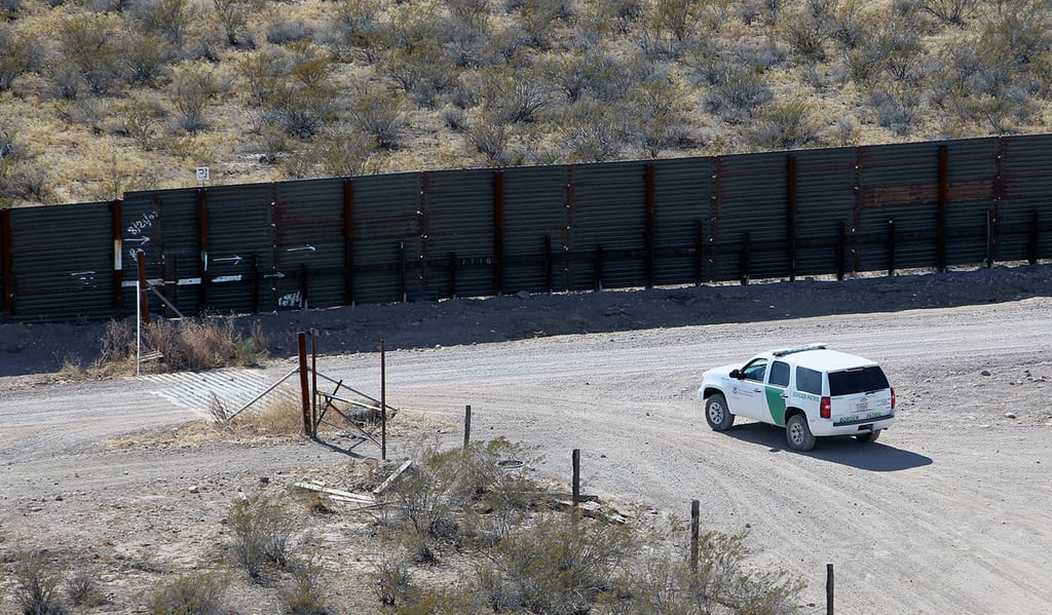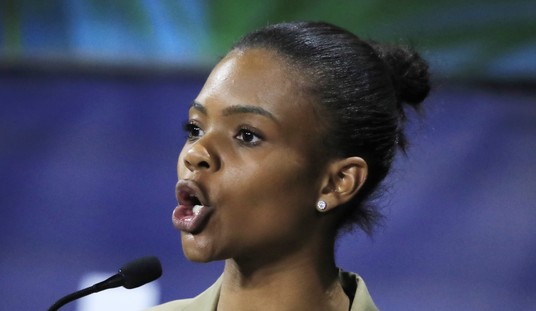WASHINGTON – The U.S. should not build a nearly 900-mile border wall unless agencies determine that that length is needed, a Border Patrol official told a House panel Tuesday while lobbying for the right combination of infrastructure, technology and personnel.
President Trump said earlier this month that the U.S. should build a border wall spanning 700 to 900 miles. It was the first time the president offered exact details on the length of the potential structure.
Border Patrol Acting Deputy Chief Scott A. Luck was asked Tuesday if the agency believes it needs a barrier of that length. Luck responded that the Department of Homeland Security has not developed a recommendation for the exact size of the wall.
“There’s a lot of variables that go into that,” Luck said. “As we put impedance and denial on the border and other systems to back that up, it may have a trend of different things that’ll happen as a result. The adversary does have a vote in this, and so we don’t want to put specifically from point A to point B if the need isn’t there.”
Luck, who made his comments before the House Homeland Security Committee’s border and maritime security subcommittee, said the ultimate objective should be a mixture of technology that maximizes all components of U.S. Customs and Border Protection. Rep. Will Hurd (R-Texas), who represents a district that stretches about 800 miles of America’s 1,900-mile southern border, agreed with Luck, saying that he wants a “smart wall” that leverages technology and border security personnel.
“We’re trying to get you some dinero to do all this, by the way,” Hurd said. “That’s why I get frustrated with all this talk about a wall.”
At a cost of $24.5 million per mile, the proposed border wall represents a significant investment, he added. If the border wall is as long as the president has stated, the U.S. is looking at tens of billions of dollars in infrastructure.
“I can use $32 billion of that for a lot of other things, like give y’alls folks more pay for the hard work they do,” Hurd said.
Executive Assistant Commissioner for the CBP’s Office of Field Operations Todd C. Owens said that the cornerstone of border security technology is non-intrusive inspection technology at entry points. What agencies need, he said, is technology that allows cargo traffic to flow smoothly. In recent years, the U.S. has capitalized on advances in passenger surveillance, he said, but cargo traffic requires a longer process. The current, high-energy technology, he said, requires the driver to exit the vehicle, meaning border security can only scan about seven trucks an hour. He said there’s a new multi-energy system available, which can be ratcheted depending on the portion of the vehicle being scanned. That will increase the pace of cargo inspections tenfold, he said, calling it a “game-changer.”
Rep. Lou Correa (D-Calif.) cited a recent GAO report that concluded the CPB currently lacks the metrics needed to determine the effectiveness of existing border infrastructure, in terms of security. He asked officials if the U.S. should be moving forward with a multi-billion wall before American taxpayers have a gauge for the return on investment. He cited various examples of officials cracking down on illegal transport through ports of entry, calling into question the effectiveness of the existing infrastructure.
In 1989, the Drug Enforcement Administration seized about $20 billion in cash and cocaine at a Los Angeles warehouse. And just this week, Correa noted, officials uncovered a semi-truck in a San Antonio parking lot full of illegal immigrants suffocating in the heat. Ten died and more were seriously injured.
“You’ve got a wall, yet you’ve got most of the traffic, according to most of the folks I’ve talked to at the border, through the checkpoints, at existing border checkpoints, so those are my questions,” Correa said. “Do you invest in the border, or do you invest in better X-ray machines at the border crossing stations?”
GAO’s Director of Homeland Security and Justice Rebecca Gambler said that Correa asked “the right questions,” and suggested the CPB develop metrics so that her agency can offer details on the investment.









Join the conversation as a VIP Member